|
HOME: www.hiltonpond.org |
|||
THIS WEEK at HILTON POND Subscribe for free to our award-winning nature newsletter (Back to Preceding Week; on to Next Week) |
INSTALLMENT #600: On Groundhog Day 'way back in February 2000--about the time the term Web log (or "blog") was coined--we decided to publish an on-going series of Internet photo essays called "This Week at Hilton Pond." Our intent was to describe organisms and natural phenomena we encountered on a day-to-day basis, using words and images to help folks understand the make-up of South Carolina's Piedmont Physiographic Province in which Hilton Pond Center is situated. We've done that, we believe, and occasionally have supplemented those write-ups with accounts of natural history elsewhere--including our annual mid-winter hummingbird banding expeditions to Central America. With this week's edition we celebrate Installment #600, so it seemed only appropriate we return to our roots, responding to a query we often get during presentations and workshops around the country: "What IS the Carolina Piedmont?"
All text, maps, charts & photos © Hilton Pond Center The Piedmont Region actually extends far beyond the Carolinas (see map above), across ten eastern states from southern New York to central Alabama. It is bordered on the west by the Appalachian Mountains and on the east by the Atlantic Coastal Plain. Despite differences based on latitude, geology and ecological mechanisms are markedly similar throughout the length and breadth of the Piedmont. We even like to say (tongue in cheek) that since Hilton Pond lies near the Piedmont's center north to south and east to west it is the quintessential Piedmont nature locale.
All text, maps, charts & photos © Hilton Pond Center South Carolina itself is home to four physiographic provinces: Blue Ridge (a southern extension of the Appalachian Mountains in the state's extreme northwest corner); Piedmont (a wide swatch covering about a third of the state); Sandhills (a relatively narrow band that includes dunes from the ancient shoreline of the Atlantic Ocean); and, Coastal Plain (a nearly flat expanse that represents the westward extent of the continental shelf during the Cretaceous Period, some 66 million years ago). The western edge of the Sandhills is called the "fall line"--a place where upland rivers cascaded into the ocean before it receded to its present depth.
All text, maps, charts & photos © Hilton Pond Center But back to the Piedmont, a word that literally translated from Latin and French means "foot of the mountain." When we get those questions about what the Piedmont Region might be, we ask the audience to visualize three things: 1) Rolling hills (but not steep slopes); 2) Lots of tributaries that through erosion formed those hills; and, 3) Red clay, as exposed by the 21st century back road above.
All text, maps, charts & photos © Hilton Pond Center In the 16th century, the South Carolina Piedmont's first European visitors--reputedly Hernando de Soto and Juan Pardo of Spain--would not have seen much red clay, except along riverbanks denuded of vegetation by flood waters. In fact, later settlers reported as much as an incredible six feet of dark, rich topsoil in some Piedmont locales; these fertile deposits--so coveted by early farmers--covered reddish, iron-laden subsoil that lies just below or at the surface of today's Piedmont landscape. Almost all that topsoil has disappeared, of course, converted to exportable plant matter by near-continuous crops of soybeans, corn, and cotton (above and below), or--more likely--simply eroded away due to three centuries of an assortment of unwise farming techniques.
All text, maps, charts & photos © Hilton Pond Center With agricultural activity surging, farmers in South Carolina's Piedmont needed a means of getting crops to market so rail lines and early roadways were built. These in turn brought more people, towns and cities sprang up, the textile industry developed, and in fairly short order the Piedmont became the most densely settled and highly fragmented region within South Carolina. Although most topsoil is gone the Carolina Piedmont is still agriculturally viable because red clay holds moisture and is mineral-rich.
All text, maps, charts & photos © Hilton Pond Center Contrary to popular belief, South Carolina was NOT a vast expanse of woodland from mountains to the sea. In fact, the area where Hilton Pond now sits was on the edge of an extensive Piedmont Prairie, an savanna-like region of grassland punctuated by pines, hardwoods, and cane thickets. Four hundred years ago several of these prairie pockets were up to 25 miles across, inhabited by animals like American Bison and Elk we typically associate with the Great Plains. There were even numerous endemic species of prairie plants such as the now-endangered Schweinitz's Sunflower (above), growing as a prairie relict at Hilton Pond Center.
All text, maps, charts & photos © Hilton Pond Center Plant ecologists suspect the Piedmont Prairie was maintained at least in part by Native Americans--Catawba and Cherokee--who burned the grassland to enhance hunting. The Catawba Nation--most famous today for exquisite hand-made wood-fired pottery (chief's head bowl, above)--has been in the Carolina Piedmont for perhaps 4,500 years, and historically the tribe altered Piedmont ecosystems in yet another way: Cutting extensive sections of bottomland forest along the Catawba River to grow maize.
All text, maps, charts & photos © Hilton Pond Center These days the South Carolina Piedmont does look vastly different than it did four millennia ago. Curiously, and despite the presence of a one-acre impoundment at the Center, early explorers would have found very few ponds in these parts; most have been dug and dammed by modern humans to retard erosion and provide recreation or water for livestock. In the 21st century the Piedmont continues to be heavily fragmented, although multitudes of depleted farms (above) are abandoned and have reverted to mixed woodland, or, more often, to pine plantations or housing subdivisions. And even though major universities are situated in or near the Piedmont from New York to Alabama, scientists pay precious little attention to the Piedmont Province. That may be because the Piedmont is so commonplace to so many it is simply ignored, but we suspect it is also because researchers--like most folks--would rather spend their time and do their field work at the beach or in the mountains or other more exotic places. Woe to the lowly South Carolina Piedmont, which gets hardly any respect--even though its floral and fauna diversity is at least equal to that of the state's other physiographic provinces! Such lack of attention is one reason we established Hilton Pond Center for Piedmont Natural History back in 1982, and why we decided in 2000 to commence writing a series of on-line photo essays defining South Carolina's Piedmont Physiographic Province.
All text, maps, charts & photos © Hilton Pond Center Our regular Web site visitors know we don't limit ourselves to birds, however, so in celebration of this 600th installment of "This Week at Hilton Pond" we offer below a portfolio of 50-plus randomly selected photos taken locally in the past 15 years. They all appear somewhere on our Web site--along with more than 8,000 other images--and each past installment is indexed and permanently archived for your on-going use and enjoyment. (To read more about any of the topics in the photos, just do an on-site search.) We hope you'll enjoy our photos below, that you'll continue to follow us on-line, and that you'll support the Center's research, conservation, and environmental education efforts whenever you're able. Happy 600th to us!
All contributions are tax-deductible on your
All text, maps, charts & photos © Hilton Pond Center Northern Saw-whet Owl
All text, maps, charts & photos © Hilton Pond Center Eastern Kingsnake
All text, maps, charts & photos © Hilton Pond Center Swamp Milkweed on Hilton Pond
All text, maps, charts & photos © Hilton Pond Center Female Monarch & Ailanthus Webworm Moth on Swamp Milkweed
All text, maps, charts & photos © Hilton Pond Center Eastern Mistletoe Leaves & Berries
All text, maps, charts & photos © Hilton Pond Center Sub-adult White-footed Mouse
All text, maps, charts & photos © Hilton Pond Center Mushroom with Blue Gills
All text, maps, charts & photos © Hilton Pond Center White-tailed Deer Doe & Raccoon
All text, maps, charts & photos © Hilton Pond Center White oak with Fresh Lightning Scar
All text, maps, charts & photos © Hilton Pond Center Male Virginia Opossum
All text, maps, charts & photos © Hilton Pond Center Black Ratsnake
All text, maps, charts & photos © Hilton Pond Center Eastern Redbud
All text, maps, charts & photos © Hilton Pond Center Hatch-year Male Ruby-throated Hummingbird
All text, maps, charts & photos © Hilton Pond Center Indigestible Insect Matter in Hummingbird Feces
All text, maps, charts & photos © Hilton Pond Center Map Showing Foreign Encounter Locales of Four
All text, maps, charts & photos © Hilton Pond Center Cross-section Showing Three-sided Stem of a Sedge
All text, maps, charts & photos © Hilton Pond Center Terrestrial Snail Showing Eye-stalks
All text, maps, charts & photos © Hilton Pond Center Male Hooded Warbler
All text, maps, charts & photos © Hilton Pond Center Pipe Organ Mud Dauber Wasp Nest
All text, maps, charts & photos © Hilton Pond Center Confederate Violet, a Variation of the Blue Violet
All text, maps, charts & photos © Hilton Pond Center Adult Male Scarlet Tanager
All text, maps, charts & photos © Hilton Pond Center Male Eastern Painted Turtle
All text, maps, charts & photos © Hilton Pond Center Green Treefrog,
All text, maps, charts & photos © Hilton Pond Center Female House Finch with Parasitic Tick Behind Eye
All text, maps, charts & photos © Hilton Pond Center Ripened Fruit of Strawberry Bush (Euonymus)
All text, maps, charts & photos © Hilton Pond Center Bright-morph White-throated Sparrow in Breeding Plumage
All text, maps, charts & photos © Hilton Pond Center Old Female Yellowbelly Slider
All text, maps, charts & photos © Hilton Pond Center Feathery Tongue of Yellow-bellied Sapsucker,
All text, maps, charts & photos © Hilton Pond Center Prolegs of Luna Moth Caterpillar
All text, maps, charts & photos © Hilton Pond Center Fall Leaf of Common Pear,
All text, maps, charts & photos © Hilton Pond Center Fox Squirrel at Hilton Pond,
All text, maps, charts & photos © Hilton Pond Center Chinese Mantid
All text, maps, charts & photos © Hilton Pond Center Second-Year Mid-winter Blue Jay
All text, maps, charts & photos © Hilton Pond Center Trumpet Honeysuckle,
All text, maps, charts & photos © Hilton Pond Center Eastern Amberwing Dragonfly Male
All text, maps, charts & photos © Hilton Pond Center Brown-headed Nuthatch
All text, maps, charts & photos © Hilton Pond Center White Crab Spider with Incapacitated Flower Fly
All text, maps, charts & photos © Hilton Pond Center Big Brown Bat
All text, maps, charts & photos © Hilton Pond Center Hilton Pond Feeding Station Following January 2014 Snowfall
All text, maps, charts & photos © Hilton Pond Center Nymphs of Large Milkweed Bugs
All text, maps, charts & photos © Hilton Pond Center Eroded Shell of Eastern Elliptio with Baldcypress Needles
All text, maps, charts & photos © Hilton Pond Center Great Crested Flycatcher with Carolina Mantid
All text, maps, charts & photos © Hilton Pond Center Green Frog
All text, maps, charts & photos © Hilton Pond Center Sweetgum Ball in Winter
All text, maps, charts & photos © Hilton Pond Center Eye of an Adult Common Grackle
All text, maps, charts & photos © Hilton Pond Center Great Blue Heron on Wood Duck Nest Box
All text, maps, charts & photos © Hilton Pond Center American Holly Berry
All text, maps, charts & photos © Hilton Pond Center Adult Red-shouldered Hawk
All text, maps, charts & photos © Hilton Pond Center Thorns of Greenbrier Vine
All text, maps, charts & photos © Hilton Pond Center Wood Duck Hen with Ducklings
All text, maps, charts & photos © Hilton Pond Center Freshwater Bryozoan from Hilton Pond
All text, maps, charts & photos © Hilton Pond Center Fly on Wild Geranium
All text, maps, charts & photos © Hilton Pond Center Piebald White-tailed Deer
All text, maps, charts & photos © Hilton Pond Center Buttonbush
All text, maps, charts & photos © Hilton Pond Center Northern Copperhead
All text, maps, charts & photos © Hilton Pond Center Trumpet Creeper (with Metallic Bees),
All text, maps, charts & photos © Hilton Pond Center Eastern Chipmunk with Full Cheek Pouches
All text, maps, charts & photos © Hilton Pond Center Red Clover,
All text, maps, charts & photos © Hilton Pond Center Male Indigo Bunting
All contributions are tax-deductible on your |
|---|
|
"This Week at Hilton Pond" is written and photographed by Dr. Bill Hilton Jr., executive director of Hilton Pond Center for Piedmont Natural History.
|
|
|
Please refer "This Week at Hilton Pond" to others by clicking on this button: |
Comments or questions about this week's installment? Send an E-mail to INFO. (Be sure to scroll down for a tally of birds banded/recaptured during the period, plus other nature notes.) |



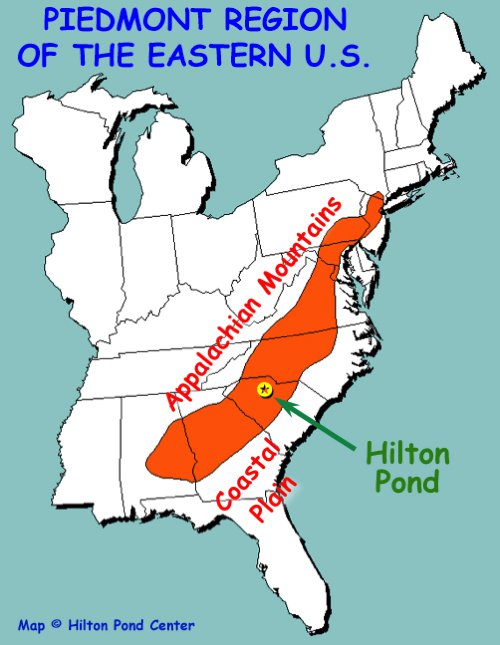
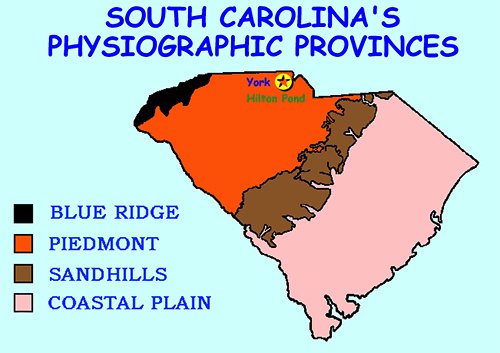
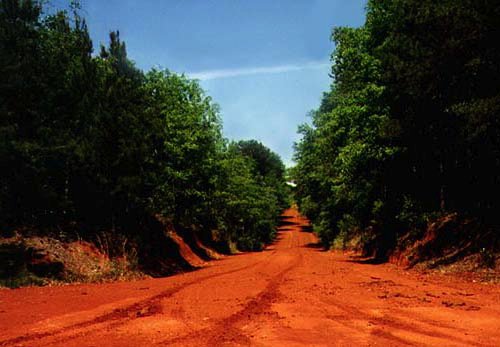

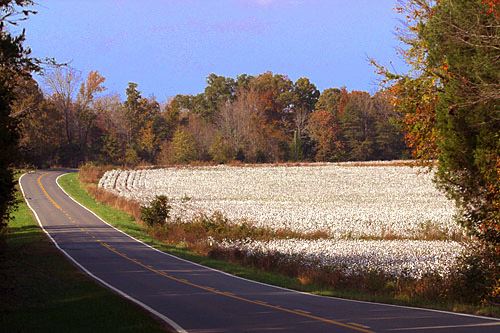
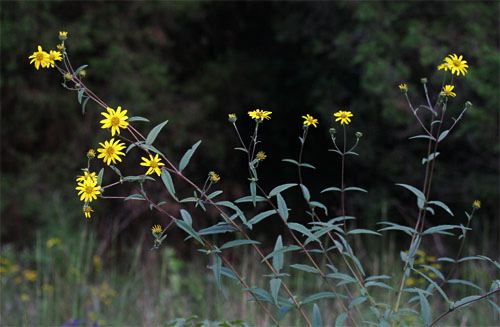

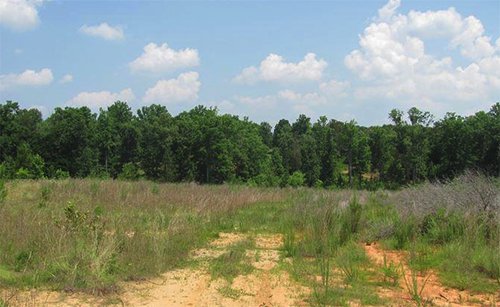
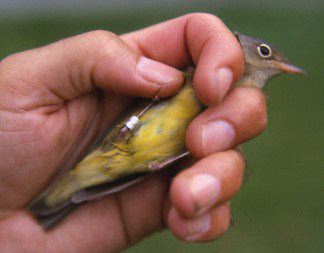 We really like the Piedmont; it is full of fascinating nature happenings we enjoy photographing and writing about and sharing with visitors in both real and virtual fashion. Furthermore, our natural history research--especially that which relates to birds--has uncovered previously unknown information about Piedmont avifauna such as a trio of rare Connecticut Warblers
We really like the Piedmont; it is full of fascinating nature happenings we enjoy photographing and writing about and sharing with visitors in both real and virtual fashion. Furthermore, our natural history research--especially that which relates to birds--has uncovered previously unknown information about Piedmont avifauna such as a trio of rare Connecticut Warblers 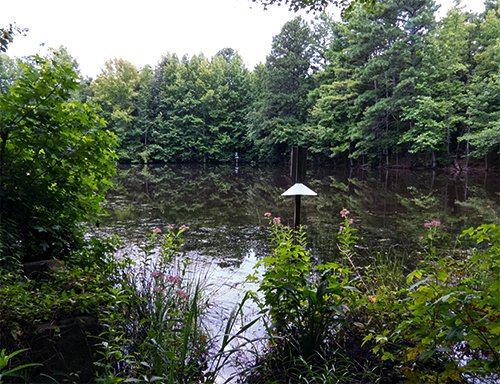
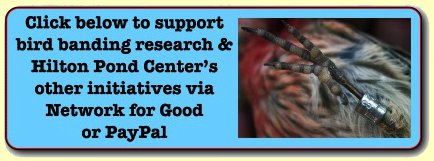

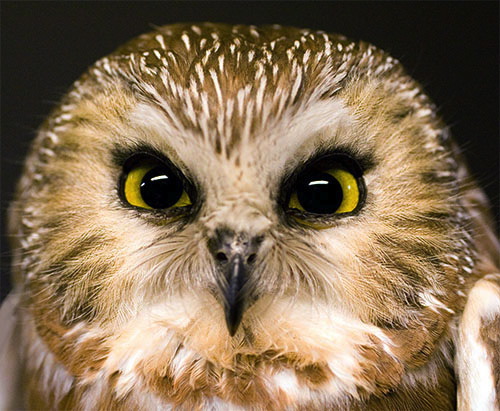
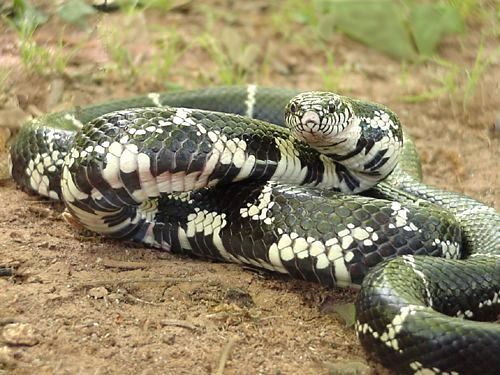
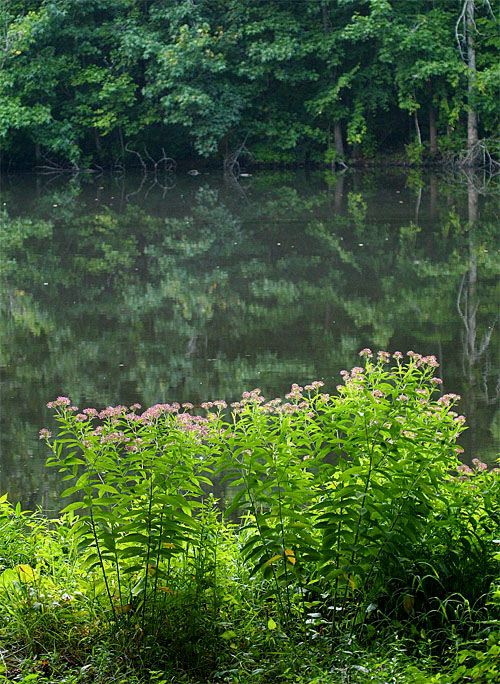
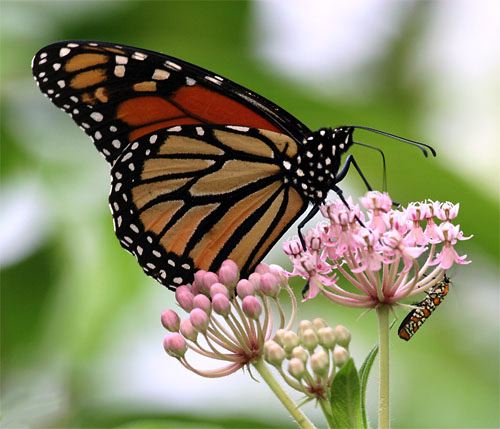
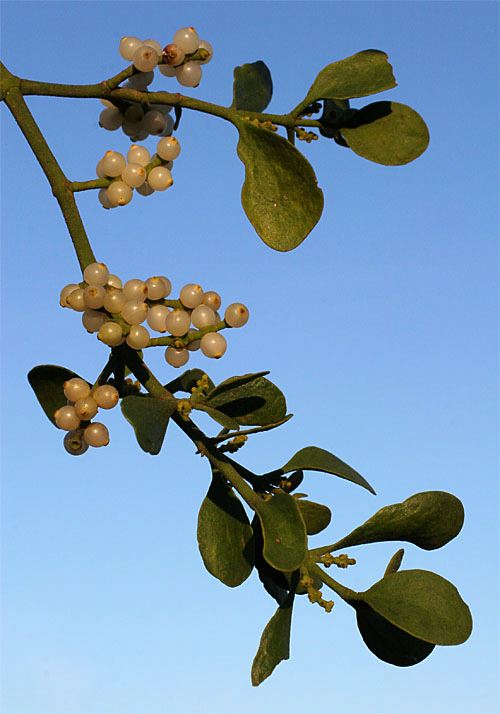
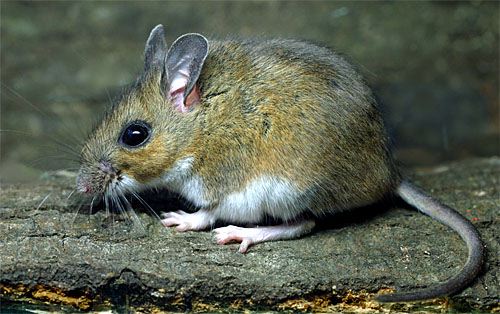
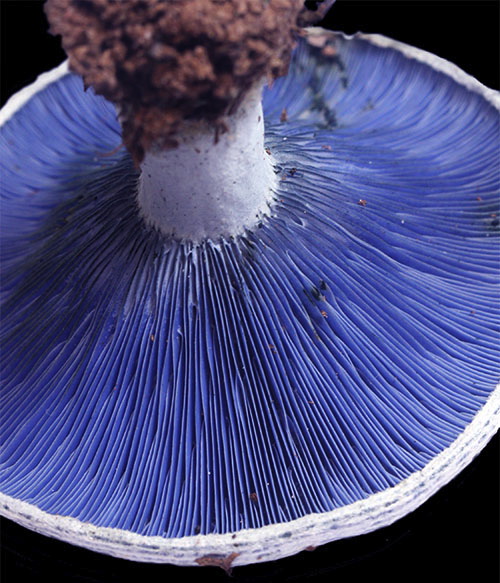
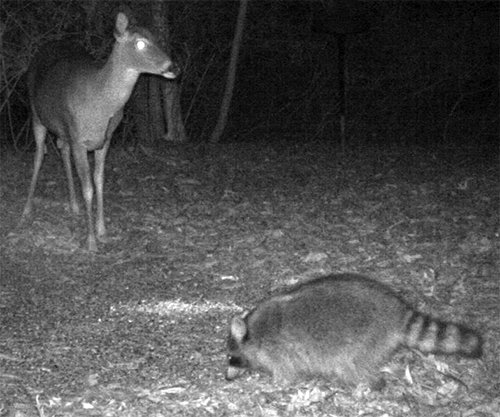
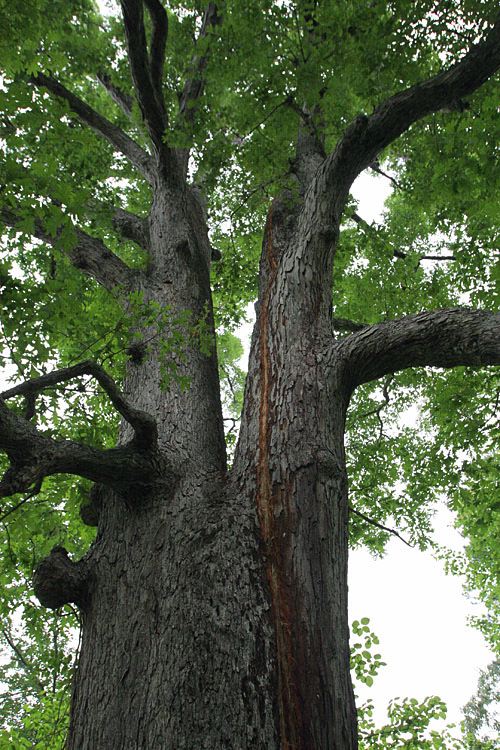
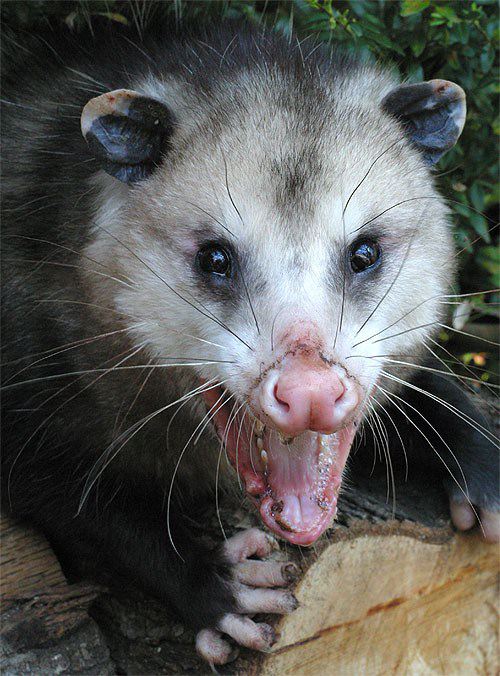
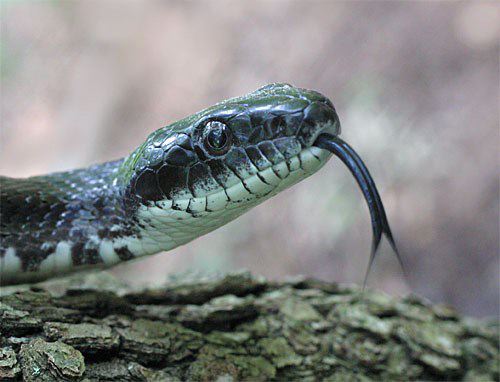
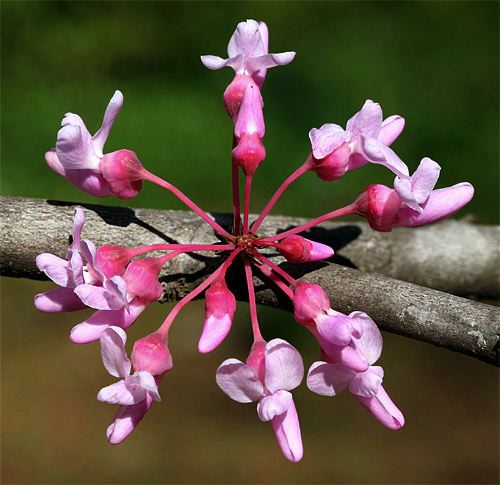
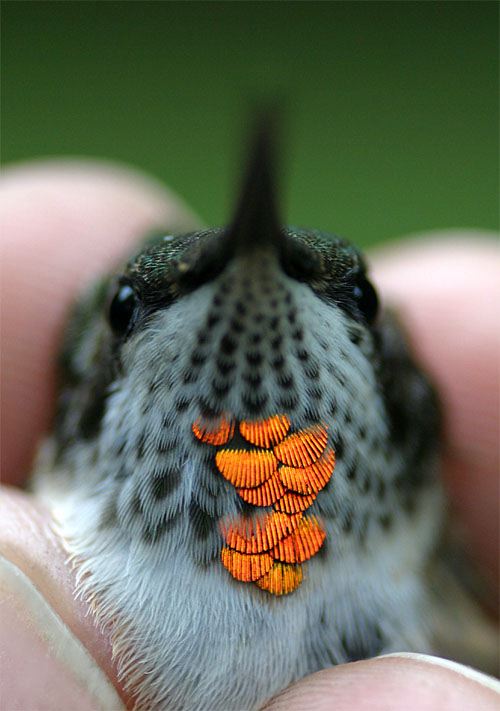



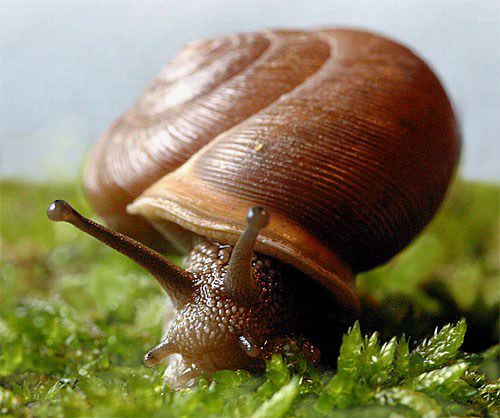
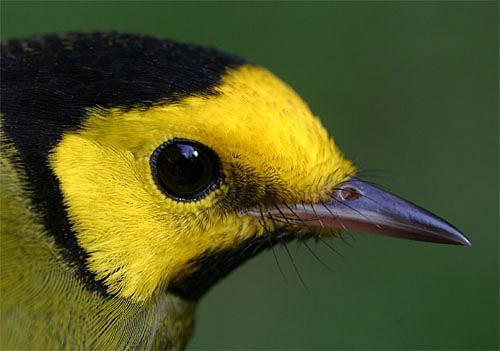
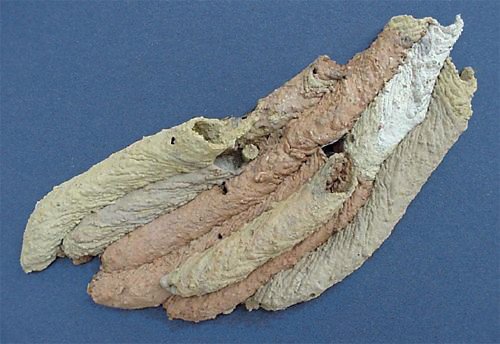

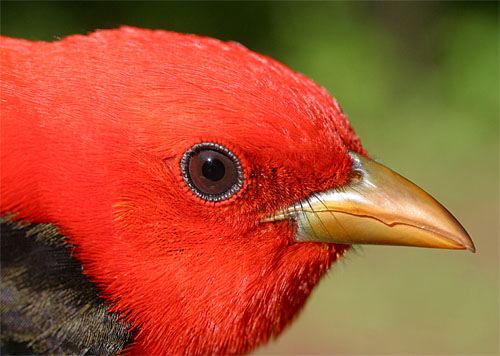
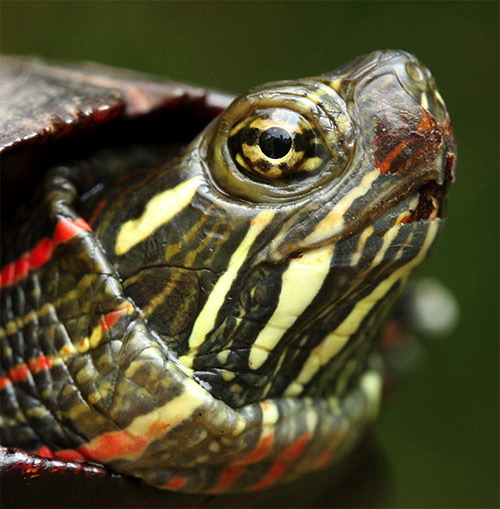
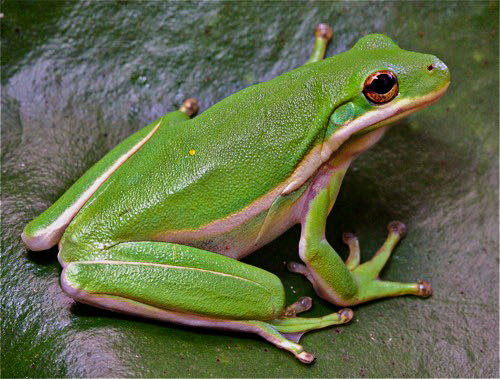

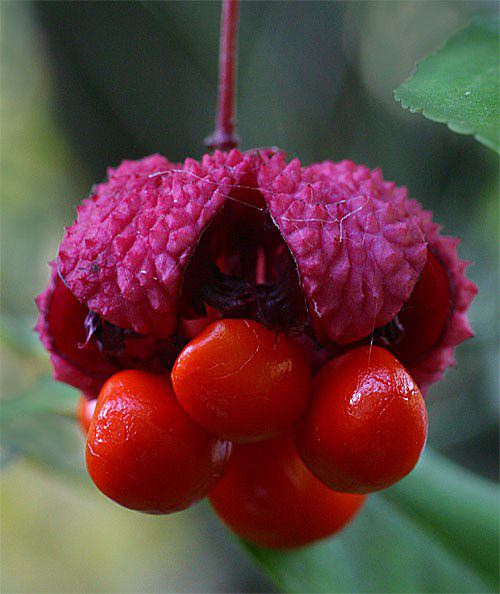


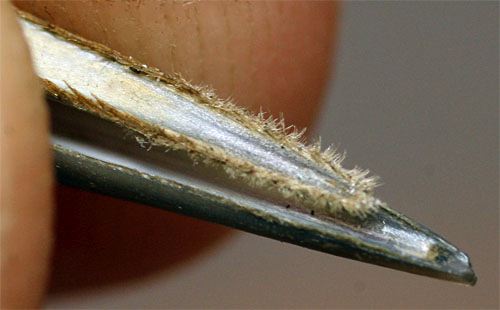

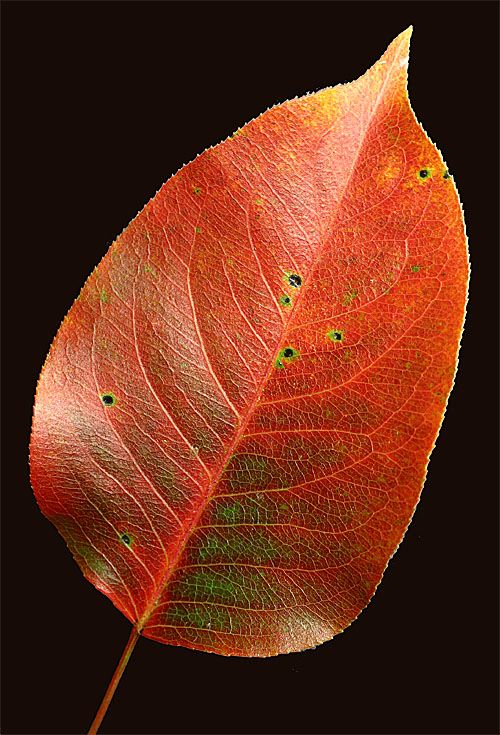
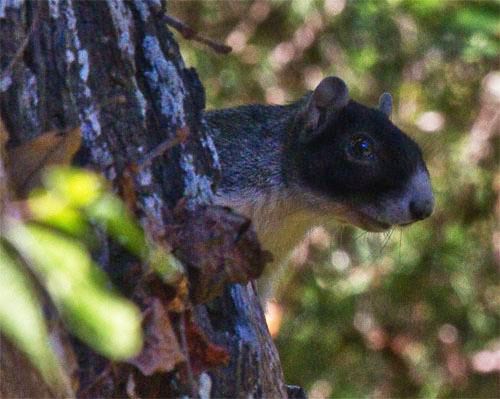
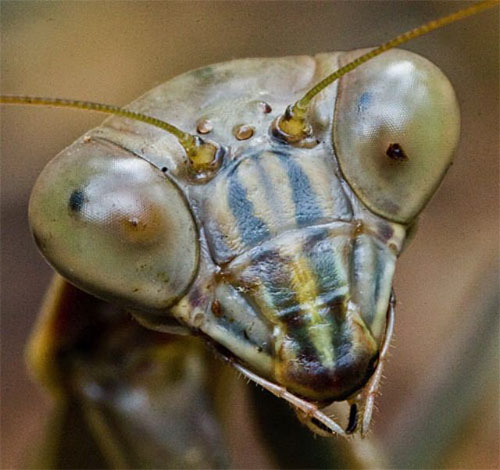
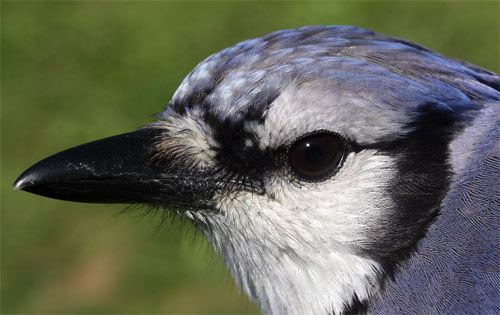
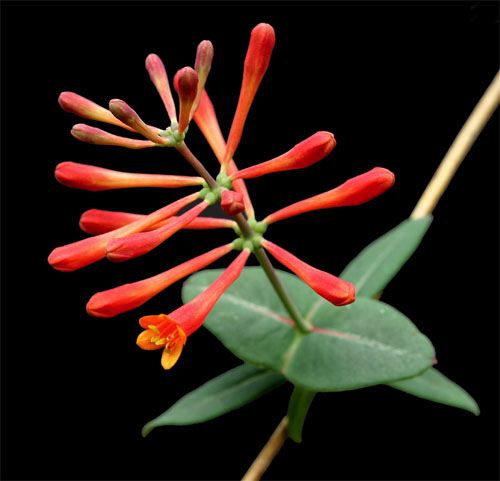
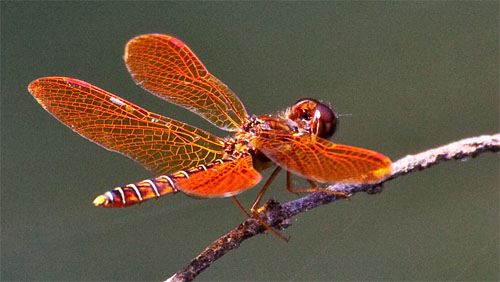
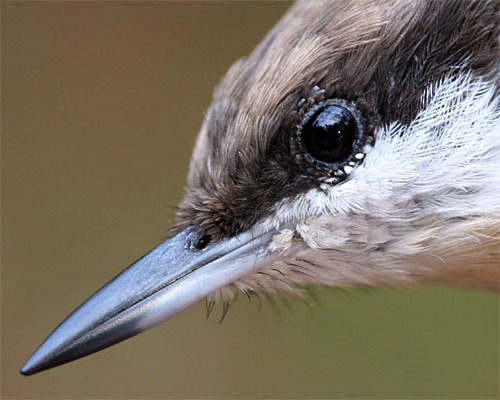
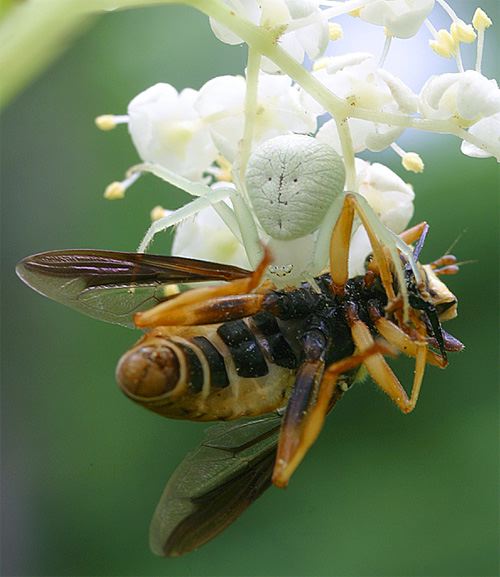
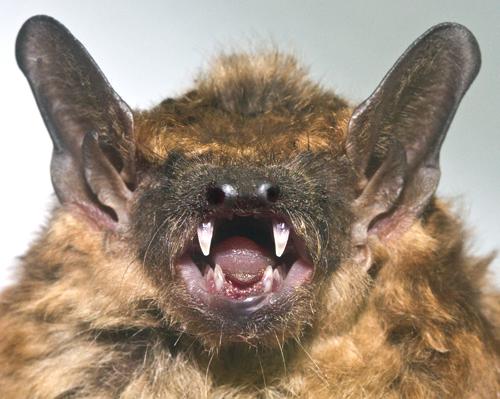
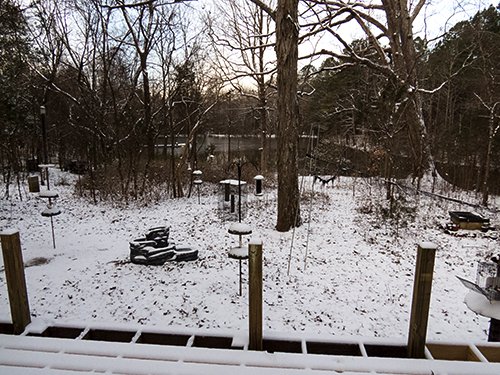
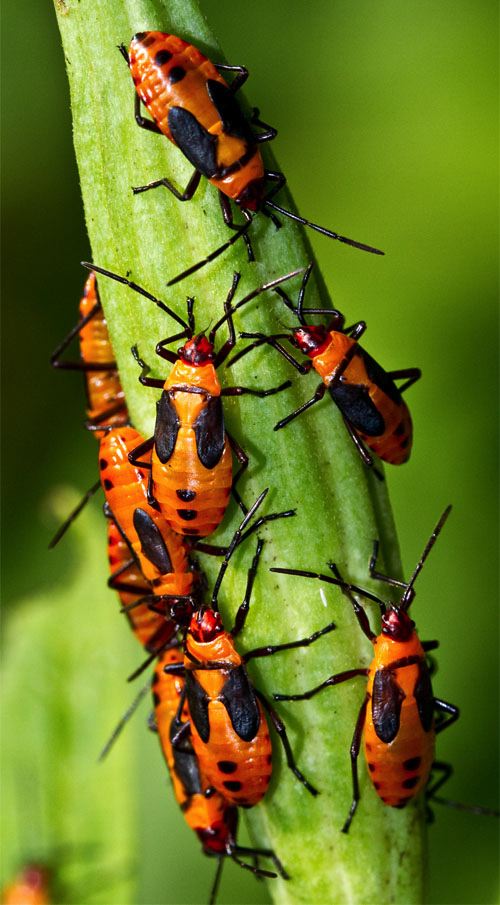

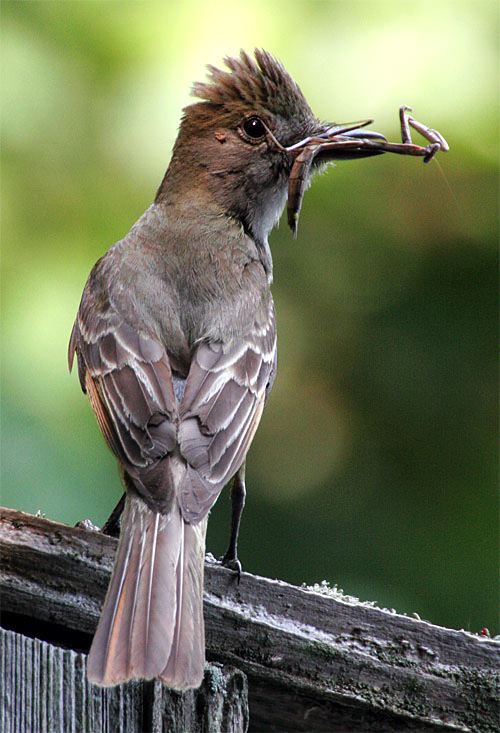
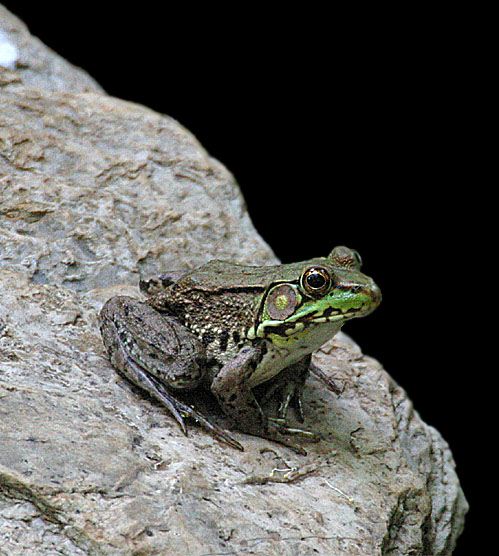
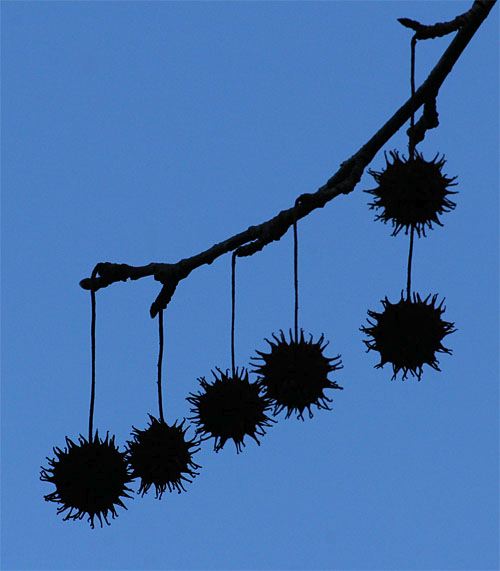
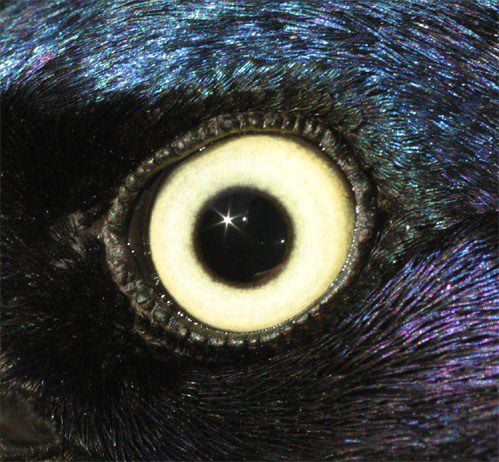



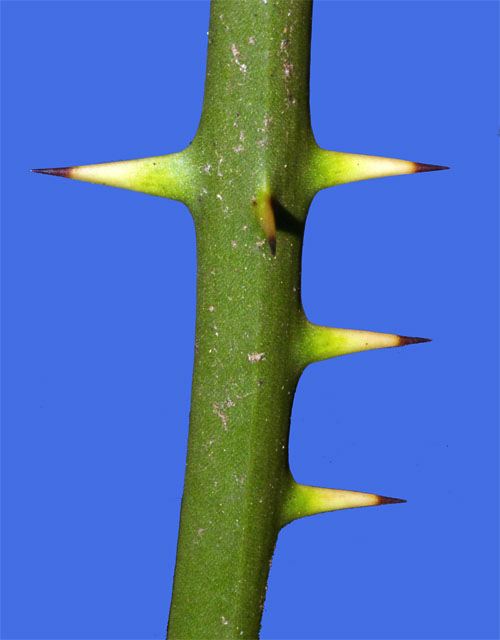


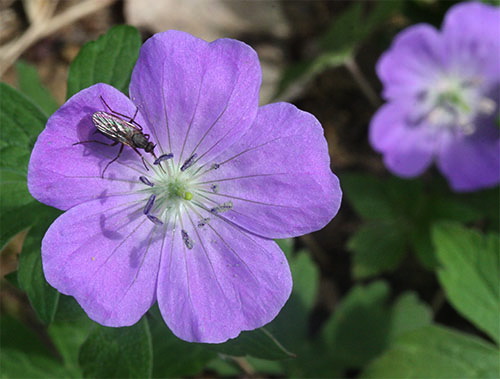
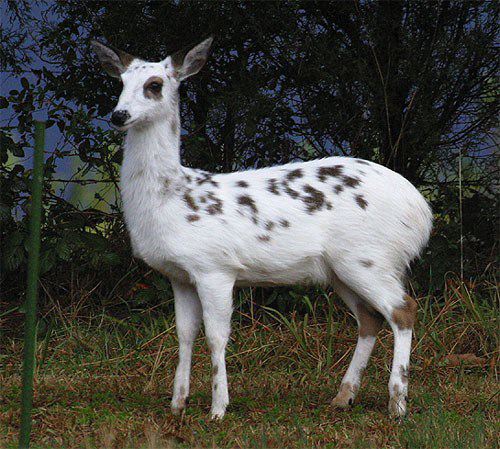

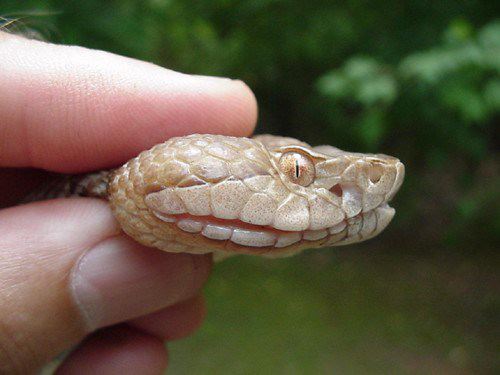
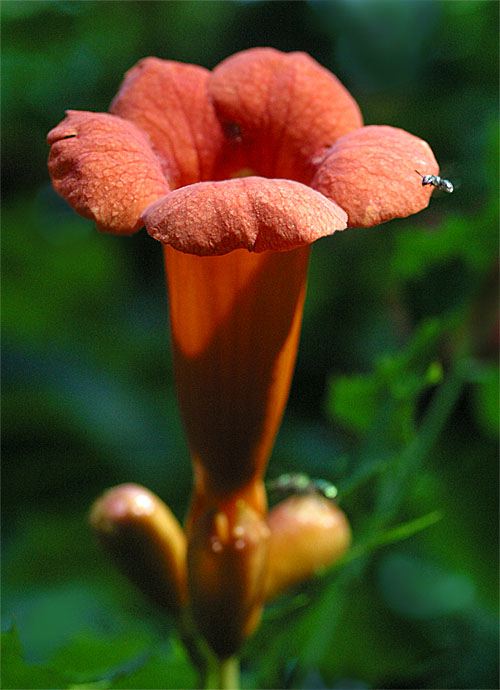
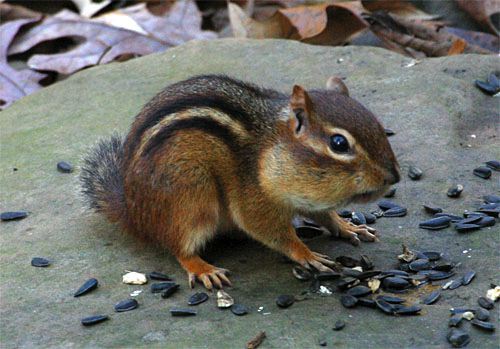
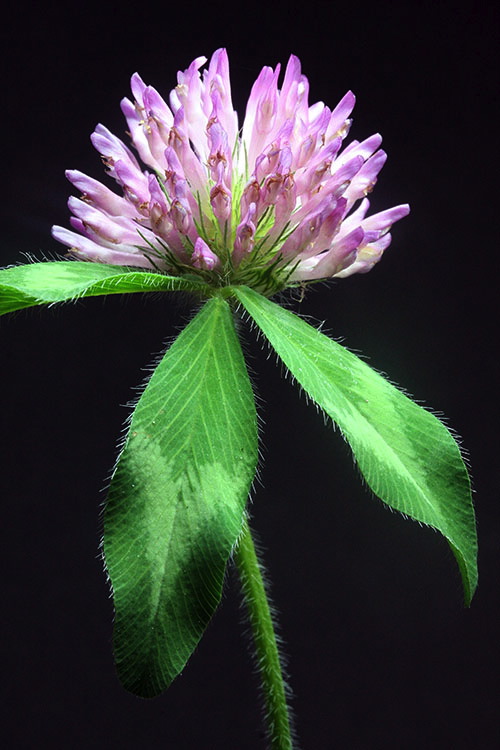







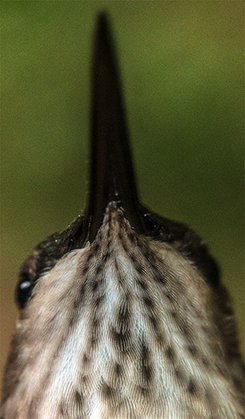
 Please report your
Please report your